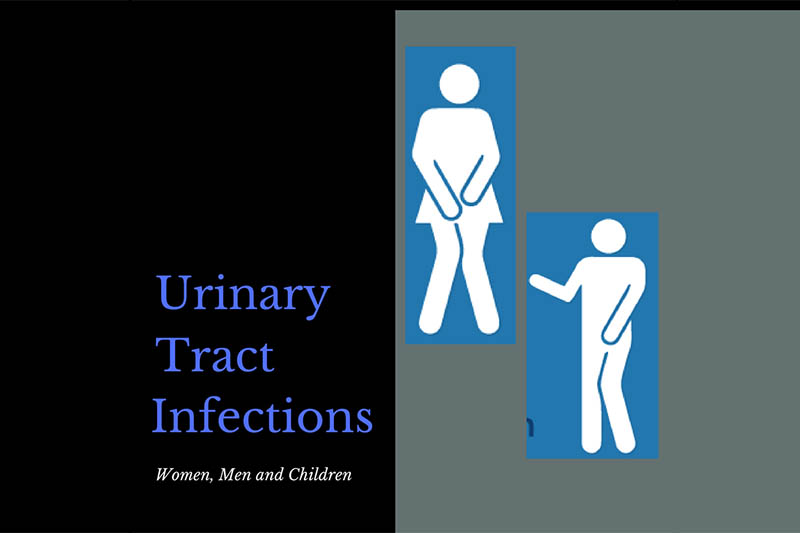
What are UTI’s? Urinary Tract Infections
Do you… Frequently or urgently need to urinate Often only pass small amounts of urine Have Pain or burning sensation when urinating These can be symptoms of urinary tract infections. There
Anaemia is defined as a deficiency in either the number of red blood cells or the level of haemoglobin protein. This could be due to: the body not making enough blood cells, body loses blood cells at a rate faster than that of which it makes them, or the red blood cells are destroyed faster than they can be replaced. The main function of red blood cells is to carry oxygen from the lungs to the rest of the body. These cells contain the protein Haemoglobin, a respiratory pigment, which binds to either oxygen or carbon dioxide. Haemoglobin is mainly composed of Iron, which gives blood its red colour when combined with oxygen.

Do you… Frequently or urgently need to urinate Often only pass small amounts of urine Have Pain or burning sensation when urinating These can be symptoms of urinary tract infections. There
Disclaimer – Our intent is not to diagnosis but to offer information on therapy choices and practitioners. Information on this site is intended general educational purposes only. Any statements made are carefully referenced and any information, products or services discussed are not intended to diagnose, cure, treat or prevent any disease or illness. Please consult a healthcare practitioner before making a choice.